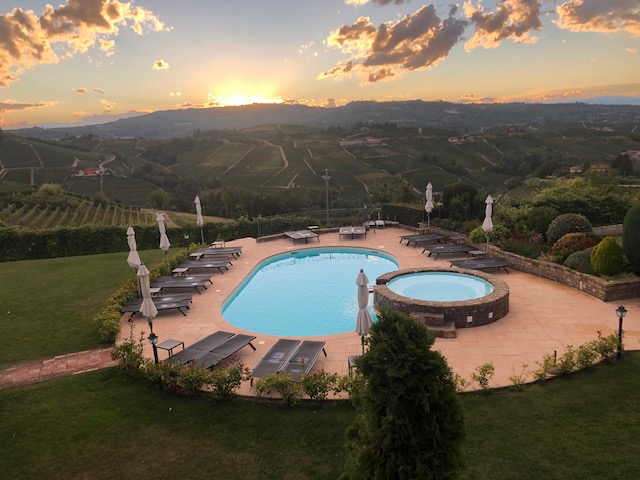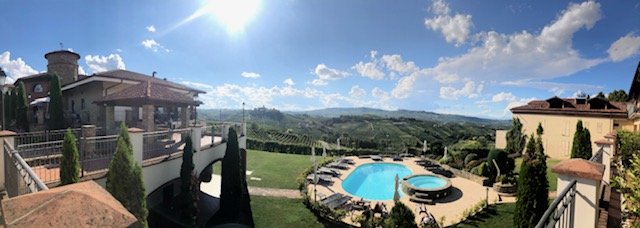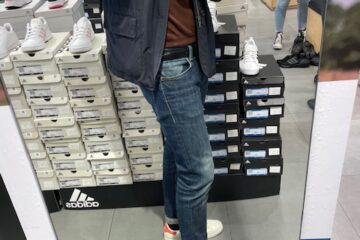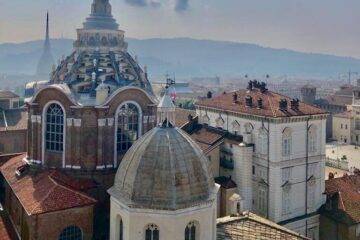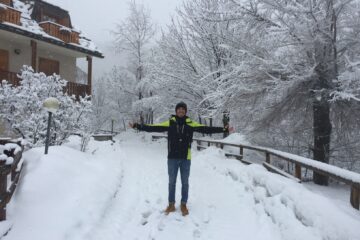Two Days in Turin: The Perfect Itinerary/ Ultimate guide
For the best Two-day journey I recommend spending the 1st day in the city-center and the 2nd day in the outskirts of Turin. For details on how to spend your 1st day in Turin you can read my other post “one-day itinerary”. On this post I will describe the two best options on how to spend your 2nd day: 1) UNESCO iconic landmarks outside the city-center (20 mins drive) or 2) the wonderful UNESCO vineyards in Langhe area (1h drive).
Quick summary
For your 2nd day in Turin you have two options depending on your preferences:
Option 1:
Enjoy exceptional wine & food and the stunning scenery of Langhe vineyards. They are part of UNESCO heritage and are 60km away/ 1h drive from Turin city-center.
Option 2:
Discover the Baroque architectural masterpieces in the following UNESCO sites: Venaria Reale, The Stupinigi Hunting Lodge and the Basilica of Superga – 20-30 mins drive from Turin city-center.
See below detailed breakdown of the two options.
Quick Links
1. The wonderful Langhe vineyards
Where are the Langhe vineyards?
This Langhe vineyards area located 60km or 1-hour drive South of Turin. It’s a UNESCO World Heritage Site since 2014.
The area is famous for its gentle hills covered by vineyards which stretch as far as the eyes can see. Some of the hills have Castles and Medieval towns at the top which makes the tour even more fascinating.
The panorama is truly phenomenal but what really attracts visitors are the multi-awarded Barolo & Barbaresco fine-wine and its premium-quality food the emblem of which is the prestigious White-Truffle.
Some of the most prestigious wines of Italy are cultivated in the area: Barolo and Barbaresco. Some other remarkable wines not to miss are definitely the Nebbiolo and Dolcetto red wines and the Arneis and Nascetta white wines.
How to get to the Langhe?
The best way to reach this areas is by car. You could also take the train or the bus from Turin to Alba or Asti. However, in the latter case you will find it difficult to visit the different little towns which are 20 km apart.
Public transportation between the small Medieval town of the Langhe region is close to non-existent .
When to visit Langhe area?
As you can see from the video above, I don’t mind visiting Langhe in the Spring or Summer as you can take advantage of the nice weather to get in the pool after a long day of wine tasting !
May, June, September, October and November are considered high season. The first three months are ideal to fully enjoy the weather and the outdoor activities while the latter two make up the White Truffle season.
In October and November there is the Alba White Truffle World Market, which is the largest and most famous White Truffle exhibition in the World .
If you are planning to visit the area during the Truffle Season make sure you book in advance accommodation and restaurants as there is a high likelihood that most places will be fully booked.
The January-April period is considered as off-season.
What is worth seeing in Langhe area?
The area can be divided into the Barbaresco area (north East) & the Barolo area (south-West).
Alba is the biggest city of the area, it is a pretty town and it is rather modern. Across both areas there are plenty of charming Medieval little villages that are worth a visit, such as:
- La Morra
- Barolo
- Barbaresco
- Castiglione Falletto
- Neive
You can see it more clearly in the map below & in the quick videos beneath.
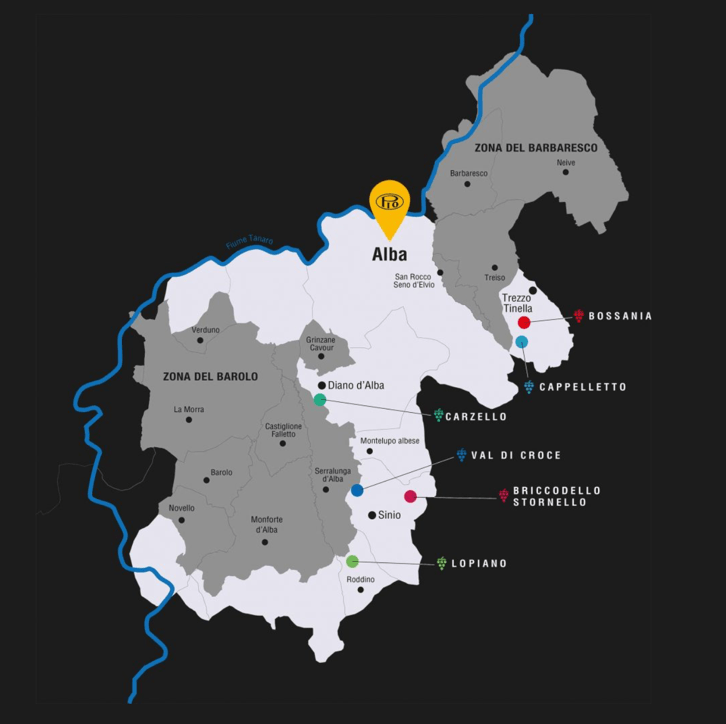
Alba is where the famous Ferrero company is based, if you look for it nearby you can see the Nutella plant and I assure you can smell the delicious aroma from the outside!
Here is a quick video from a drone of the village of La Morra & its view of the vineyards.
Below is an example of some of the panoramas you can see from Castiglione Felletto.
And finally a quick video of the Village of Neive.
What to do in the Langhe Area?
Key activities to do in Langhe area are: hiking, eating and drinking. What else!
A must do is a wine tasting experience in one of the famous “cantina” of the area, if you require an English tour make sure you book it in advance and you ask if they accept credit cards upfront.
There are plenty of Michelin-star restaurants in the area but I can guarantee you that you will eat incredibly well in any restaurant of the area. You will enjoy probably one of the best meals of your life here and prices are pretty reasonable.
For the most active people you can find some nice hikes in the area, for example there is a nice one from Serralunga d’Alba to Barolo (it take approximately one-hour each way) and the path is quite easy to follow.
What’s typical to eat in Langhe area?
As I said earlier, you will like probably everything that is on the menu. Having said that, let me point out the key specialties which you should not miss as they are hard to find outside of Piedmont region.
Just below the description you’ll find some quick videos 10 secs videos illustrating some food that I mention.
The Starters
- Salsiccia di Bra: This is really a no miss. It is sort of a high quality raw beef tartare stuffed into a sausage
- You can find it as a starter or as a part of a sauce for pasta or risotto
- If you are not convinced by the description, keep in mind that Bra is the name of the city where the SlowFood International headquarters are based. It’s the culinary Mecca. Trust me, they know what they are doing.
- Carne Cruda di Fassona:
- It is similar to a beef tartare, yet calling it a tartare is a bit of an understatement.
- Fassona is a specific type of cow from the Piedoment area. Truly delicious
- Vitello tonnato: cold sliced veal covered by a tasty sauce of tuna, anchovies and cappers
The Main dish
- Agnolotti del plin:
- Is a traditional stuffed pasta. These are much smaller in size than the typical “agnolotti” and tastier
- They are normally served covered with “sugo d’arrosto”, a sauce made with the juices released by roasted meat
- Gnocchi al Castelmagno: Castelmagnois a very tasty cheese from the area
- Tajarin: this is a home-made egg-pasta, a thinner version of tagliatelle hard to find outside of Piedmont.
Other delicacies not to miss:
- Acciughe al Verde or in salsa di Nocciola:
- Seasoned anchovies covered in either green sauce made of parsley & basil or in a sauce made of Alba’s hazelnuts
- Peperoni al forno con bagna cauda:
- Oven baked peppers covered in “bagna cauda” sauce
- The sauce is made of garlic and anchovies, it is very typical of Turin
- Robiola di Roccavareno: specific goat cheese from the area
Key Restaurants not to Miss
- Trattoria Nelle Vigne
- Osteria Boccon Divino: https://it.tripadvisor.ch/Restaurant_Review-g194699-d789163-Reviews-Osteria_del_Boccondivino-Bra_Province_of_Cuneo_Piedmont.html
2. The UNESCO sites nearby the city-center
If you want to stay in the city and discover some architectural masterpieces which are part of the UNESCO Heritage site you should definitely visit Venaria Reale, the Stupinigi Hunting Lodge or the Basilica of Superga.
La Reggia di Venaria Reale
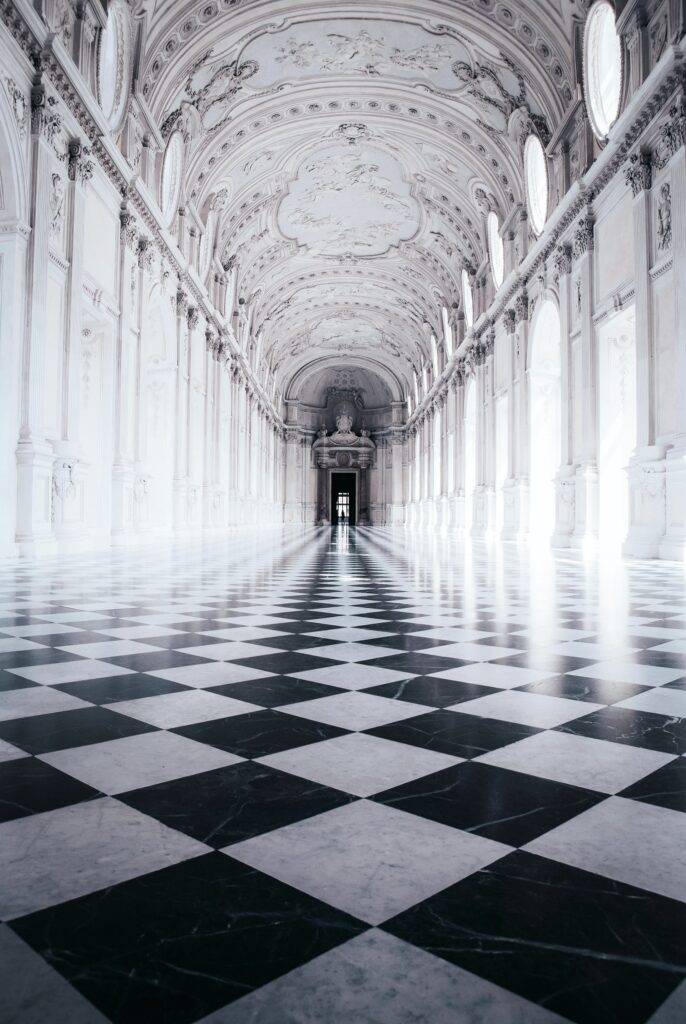
This is the closest that Italy gets to Versailles. It is a large Royal natural and architectural complex of absolute charisma.
This complex is an extraordinary example of 17th century art & architecture . In 1997 it became part of UNESCO. The Reggia hosts several temporary & permanent exhibitions, it could literally take a whole day to visit it all.
The key things to visit are:
- The Reggia: which is a Baroque Palace of 80,000 square feet.
- Its elegant gardens: just outside the Palace with a large variety of flower and fountains
- La Mandria: a 3,000 hectares park with a wide variety of wild animals.
The Palace was initially designed in 1658 as a domain for hunting and leisure for the House of Savoy. It was then turned into a Baroque masterpiece from the genius of Filippo Juvarra.
The finest examples of Baroque Inside the Reggia, the finest examples of Baroque are: 1) the Great Gallery, 2) the Church of St. Hubert and 3) the Hall of Diana.
La Mandria: The Park and its Castle
The Park of La Mandria can be a nice place to spend the afternoon outdoors surrounded by nature. You can read all the tips on how to the perfect day at the post Turin with Kids.
It is entirely enclosed by 30 km of walls and at the very center of it you have a nice castle called “Castello della Mandria” with royal apartments consisting of 20 rooms.
This Park is truly magnificent, you could walk, trek or hire a bike to go through its forest and discover the great variety of flora and fauna. From Turin city center it takes approximately 20mins drive to get here.
The Stupinigi Hunting Lodge

Another beautiful architectural masterpiece is the hunting lodge of Stupinigi.
This was built in the 18th century as a place of leisure and hunting for the House of Savoy and on several occasions it was used to house celebrations such as marriages or parties.
The hunting park hosts some rare plant species which are now preserved as part of the Parco Naturale di Stupinigi.
The interior is also worth a visit, it is opulent as you could expect from any royal residency and its 137 rooms and 17 galleries were re-decorated by the famous Filippo Juvarra. From the city center it takes approximately 20mins.
The Basilica di Superga & the view from the top
The visit of the Basilica of Superga could be a nice half a day trip.
It is built on the top of the hill overlooking the city of Turin, from here you can admire the beautiful panorama of the city with the Alps making a spectacular background.
How to reach the Basilica?
What makes the visit interesting is that you don’t necessarily need the car to reach the Basilica:
- Take the Sassi-Superga historic wooden tram that operates since 1884, it will take you back in time
- You could also easily hike your way up to the Basilica, it is an easy one (it was a school trip in my elementary school) .
Some interesting facts about the Basilica?
The Basilica is in Baroque style. It was built in 1717, Filippo Juvarra once again added its touch.
In addition to the Basilica, one can visit the Royal Tombs and Royal Apartments of many princes and kings of the House of Savoy.
Entry price: Dome 3€, Tombs or Apartments 5€, Tombs and Apartments 9€
Fun Fact: the popular shoe brand “Superga” takes the name from this Basilica! Founded in Turin in 1911.
